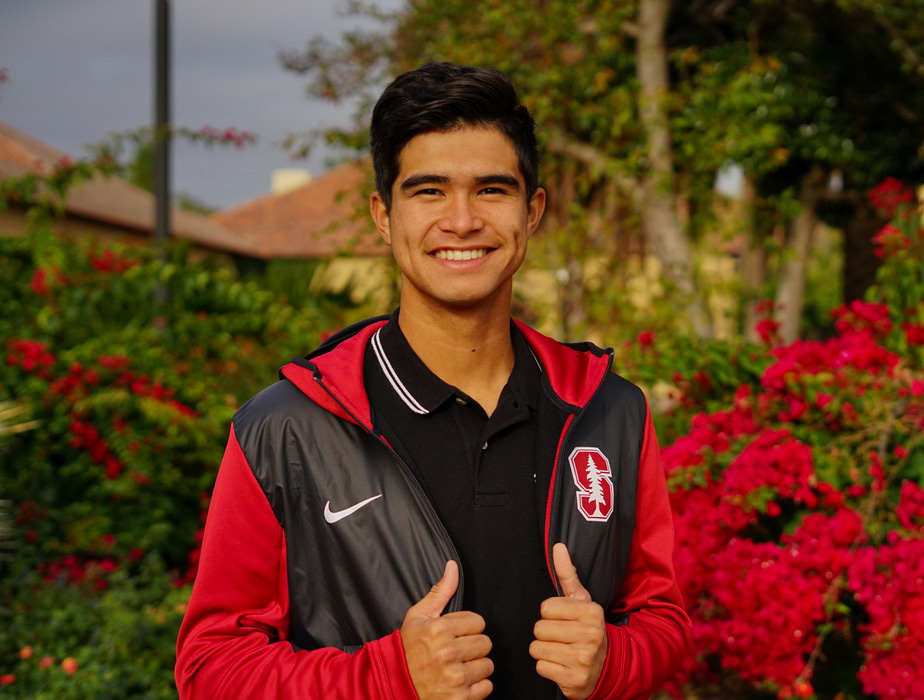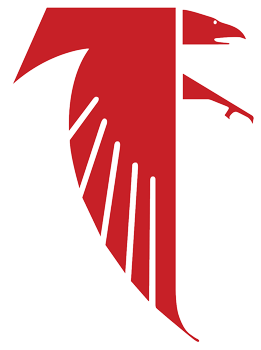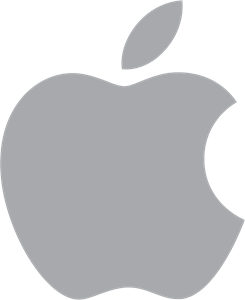
Apple
Software Engineering Intern
Seattle, WA
Jun 2022 - Sep 2022
Coming back to Apple for my third internship, in the 2022 summer I interned with the Siri Information
Intelligence team. My team was responsible for handling all Siri requests related to the "information
domains." This encompasses queries such as weather, sports, music, general knowledge, etc. and not
personal queries such as sending messages, making phone calls, setting timers, etc.
Siri has been making a large effort to migrate as much logic on-device as possible, and my work involved
building three new features related to personalization. While I am not allowed to talk about the details,
I can talk about how this internship contrasted from my previous positions. This role was eye-opening to
me in that building the new features required coordination across at least five different teams, who each
played a role in the success of the features. Moreover, much of the responsibility was placed upon me to
make the significant design decisions since I was the one with the clargest visibility across all the
teams.

Curious Cardinals
Computer Science Tutor
Stanford, CA
Jan 2021 - Jun 2022
Since a young age, one of my passions has been teaching. I love passing on the torch and seeing others
learn and grow as they pick up new concepts.
Curious Cardinals has allowed
me to continue my passion through one-on-one computer science tutoring. I helped a high schooler prepare
for
USACO Silver, and I taught Python fundamentals
to middle and high schoolers.
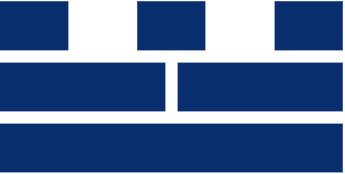
Citadel
Software Engineering Intern
New York, NY
Jun 2021 - Aug 2021
I spent my 2021 summer in New York at Citadel.
I redesigned the recovery mechanism between market gateway and market connector nodes on Citadel’s
internal trading platform. Although their communication was built on top of TCP, which is itself reliable,
their servers were extremely resource-constrained, causing the nodes to drop information within the
servers, not over the network. Thus, it was necessary to build in additional redundancies to recover from
high-volume situations to make sure every market trade was accounted for.
My work involved devising a failproof mechanism using persistent storage that would allow crashed servers
to resume execution in the exact same state. The rebooted servers also had to communicate with other nodes
the last information it had received before crashing.
Throughout the summer, I also responded to four urgent production issues, collaborating with traders to
push patches as quickly as possible.

Apple
Algorithms R&D Intern | Advanced Computation Group
Portland, OR (remote)
Oct 2020 - Jan 2021
For the 2020 fall quarter, I worked as an Algorithms R&D Intern for a new team at Apple while enrolled in
five units at school. The team was investigating applications to take advantage of the LiDAR sensor
introduced in the iPhone 12 product line, particularly with regards to photo and video.
One such application was to detect "interesting" motion in Live Photos, which would allow for more
intelligently suggestions for Live Photo effects (loop, bounce, or long exposure). Motion in a Live Photo
can largely be classified into one of two categories. The first category is motion caused by a moving
camera (i.e. photographer had a shaky hand), and this motion results in "uninteresting" Live Photos. The
second category is motion caused by subjects moving in the real world (i.e. person doing a cartwheel),
which typically results in "interesting" Live Photos.
In order to distinguish between these two types of motion, my project involved quantifying the amount of
parallax in a given
video. By computing per-pixel parallax values for each frame in a video, I could predict with certain
confidence which category of motion was present in a video if any. The computation involved combining
depth data from the LiDAR camera with camera translation data from the gyroscopic sensors. Along the way,
I implemented a
homography
estimation algorithm
to help identify outliers in parallax computations. To aide in presentations and demos, I developed visual
representations using Matplotlib and OpenCV.
Machine Learning Intern | Platform Triage Team
Cupertino, CA (remote)
Jul 2020 - Sep 2020
In the summer of 2020, I worked (remotely) on a machine learning project for Apple. My task was to improve
the performance of a model that clusters duplicate crash log files together. The tool is now used
internally by triage engineeers to reduce the high volume of manual labor on their plates. The ML
pipeline utilizes a Scikit-learn function called
AgglomerativeClustering.
After three months of development and testing on live data, I achieved cluster efficiency
ARIs
of 84-89% for two new panic signatures on three platforms (iOS, macOS Apple Silicon, and
macOS Intel).
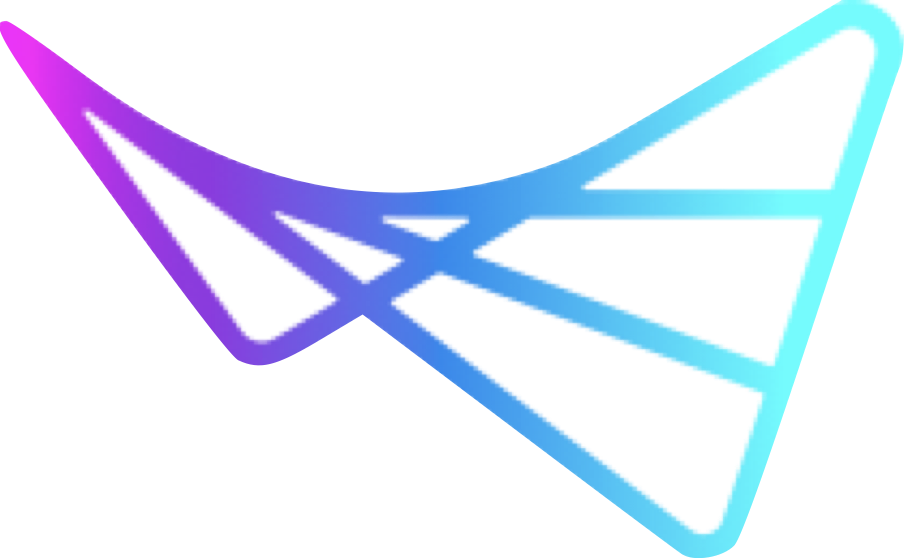
Quadric
Software Engineering Intern
Burlingame, CA
Jul 2019 - Sep 2019
I spent my summer of 2019 working for Quadric,
a fast-paced startup developing a highly parallelized edge-computing chip with a revolutionary hardware
architecture.
At Quadric, I spent most of my time implementing the backend for six convolutional neural network
layers using a C++ based intermediate language designed for optimal performance on the Quadric
Processor. Specifically, I designed the ReLU, ReLU6, Maxpool, Conv 3x3, Global average pool, and
Softmax layers; together, they comprised all of the essential components of ResNet-18. My work allowed
Quadric to run a full neural network on their hardware for the first time. In designing these layers,
I analyzed compile-time optimizations and run-time optimizations, digging down deep into the compiled
assembly instructions.
In the latter portion of my internship, I studied the post-training quantization of neural net models,
a technique that allows for improved performance during inference through severe reduction of compute
while maintaining high accuracy.

Techlab Education
Software Engineering Intern
Saratoga, CA
Jul 2016 - Sep 2017
While a high school student, I interned at Techlab Education,
an after-school program teaching a variety of tech skills to middle school and high school students.
As part of my internship, I worked in a four-person team to develop a mobile app that stabilized video
footage. Additionally, I instructed groups of 20 high school students in Java, Arduino, Internet of
Things, and more.
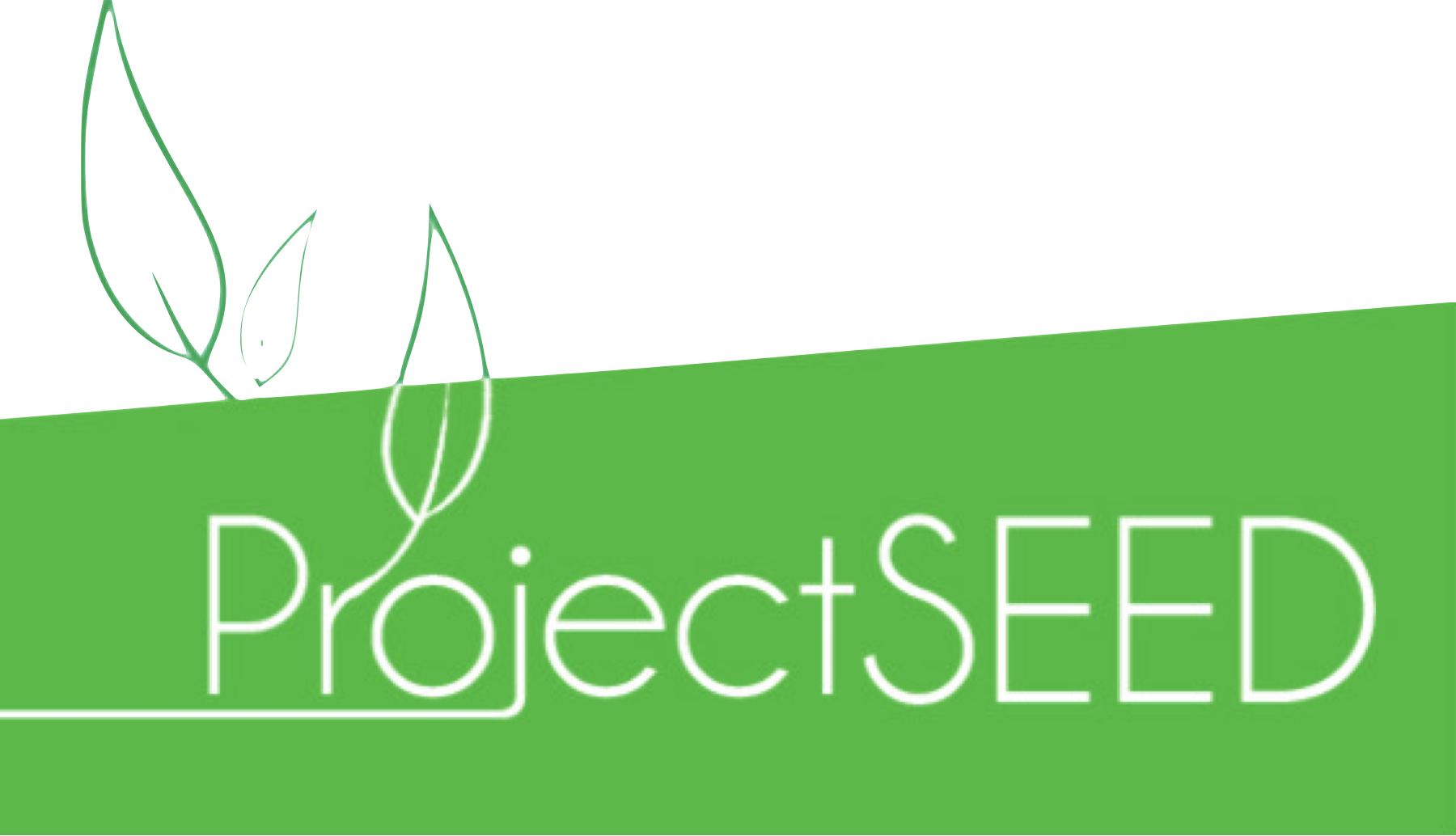
Project SEED
President
Saratoga, CA
2015 - 2018
Throughout high school, I was a member and eventual president of
Project SEED. Our platform
involved collecting used cooking oil from local restaurants and selling the oil to recycling plants,
which turned it into biodiesel fuel (a renewable, biodegradable fuel). We donated the proceeds - which
had reached upwards of $13,000 by 2018 - to underfunded departments at Saratoga High School. For
instance, we purchased a 3D printer for our school’s Engineering Department.

